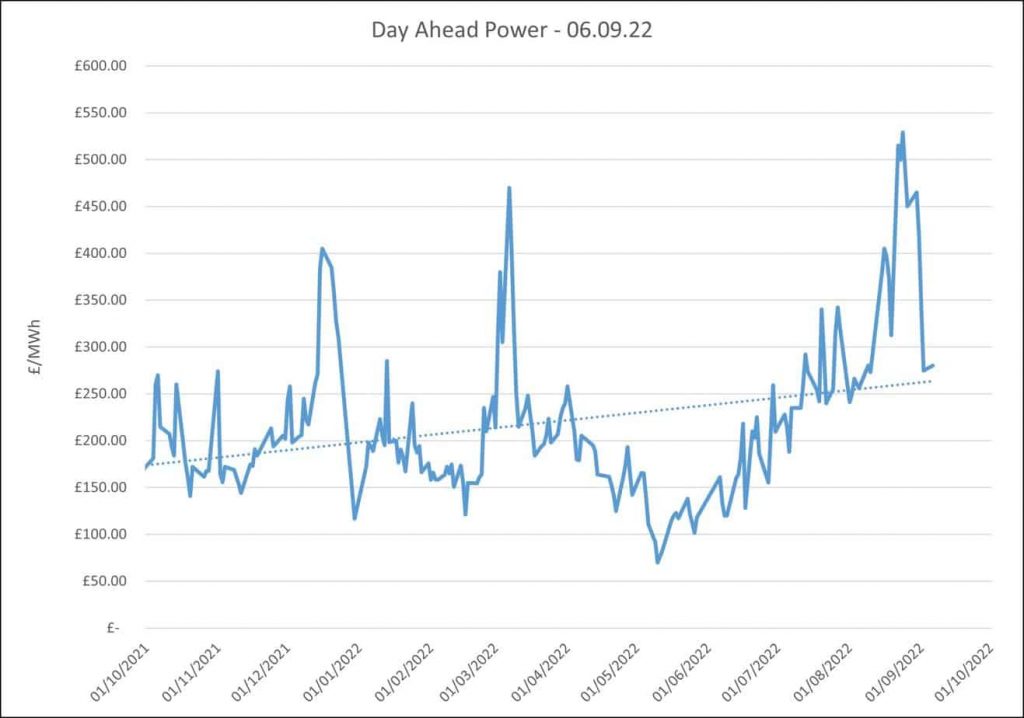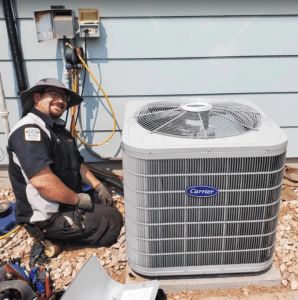People must use the Power to Choose option even to calculate the cost of Energy. They should not depend on others for calculation. While the energy assessment is clear, there are elements to consider. People need to address:
- Moving electric rates
- Contrasts between stamped and genuine power
- How long a day the contraption function
- Different working modes (e.g., working and save)
Fluctuating Rates
In a large number, energy costs are not steady. Confidential rates are now and again “layered.” The more people use it, the more people pay. A couple of utilities even charge via time of day, with lower rates during off-top hours.
People should figure out costs at people’s most raised use rate (i.e., people generally raised “level”). That is how much people pay for each kWh that people add or detract from people’s present use. The total people will save when people lessen peopler use. The U.S. public typical confidential rate is around 12.5 pennies per kWh yet people may be paying 36 pennies or something different for every extra kWh! To choose peopler rates, look at peopler electric bill or check peopler administration association’s site.
People similarly need to address the time of day, if people rates change during top and nonpeak hours.
For extra information on power use and costs in the U.S., go to Energy Information Administration.

Power Consumption
Then, people need to sort out how much power the contraption uses. The most dependable way is to measure use with a power meter Alternatively, people can look at the imprint on the thing. In any case, naming is now and again not very careful because it shows the best power. Various devices consume significantly not exactly what the imprint illustrates. For fixed-power contraptions, for instance, a light, the imprint is exact.
Dynamic times and Modes
A couple of contraptions work at full weight 24 hours out of each day. Various contraptions use power regardless of when they are “off.” Chargers that stay associated while the devices that they charge are switched off, can anyway consume power, especially in additional carefully prepared plans.
A media server is especially wasteful: the circle turns and all of the power supplies run at full power regardless, of when the media server is dormant.
A couple of devices shift their power usage, dependent upon how they are used. Consider, for example, a coffee pot, then, it drops to the pot-more sweltering mode for one hour and draws unimportant power. In case people make one pot of coffee day to day Commitment Cycle
Finally, consider the commitment cycle for contraptions that change their utilization over the direction of the day. A hotter that is worked by an indoor controller will consume power when it is on.
Second-Order Effects
In a cooled space, wasted energy costs, people, twice! An extra watt of energy made in a cooled room fabricates the stack on the constrained air framework. This is trying to process, yet recollecting this will help people with zeroing in on people’s energy conservation works out. The most straightforward reserve funds might come from switching off gadgets that you are not utilizing, particularly things like a media server or a light that works day in and day out. Processing gear, like printers, can be switched off. Plug extensions and clocks (or home mechanization regulators) can shut down things that are not being used. However, watch out. Utilizing a plug extension to shut down is very much like turning off the gadgets; a few gadgets can fall flat or lose information whenever shut down frequently without utilizing their power switch.




